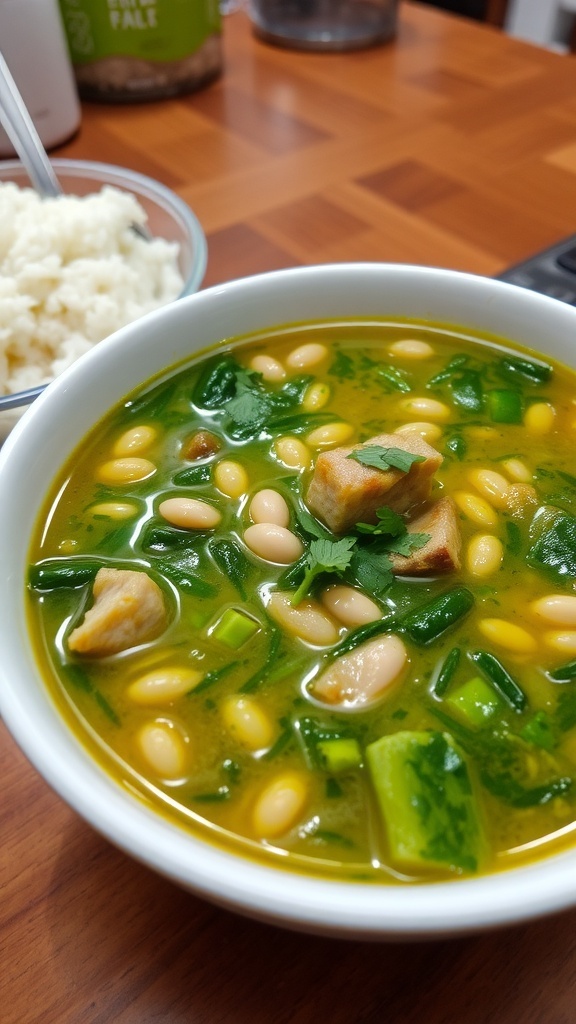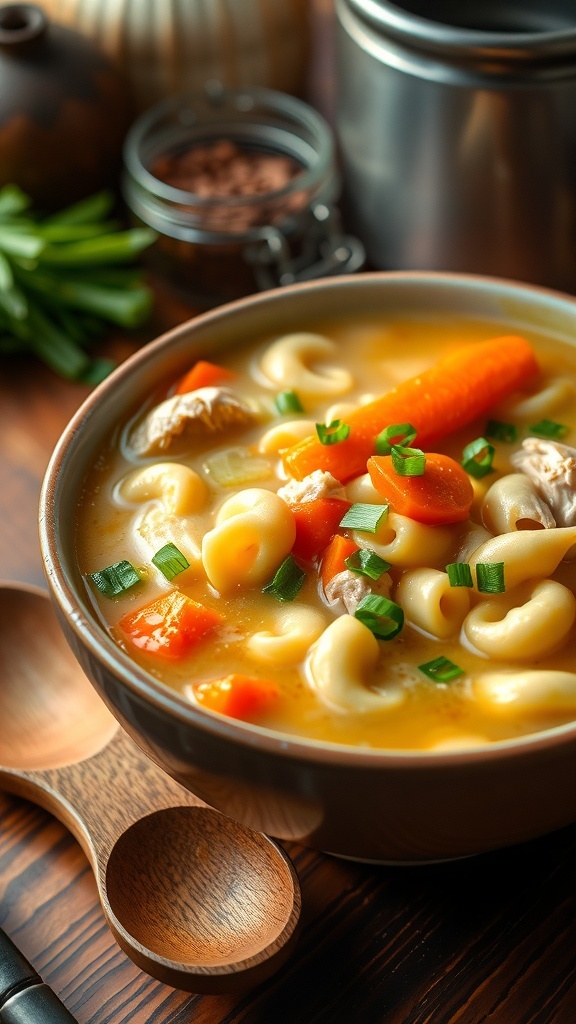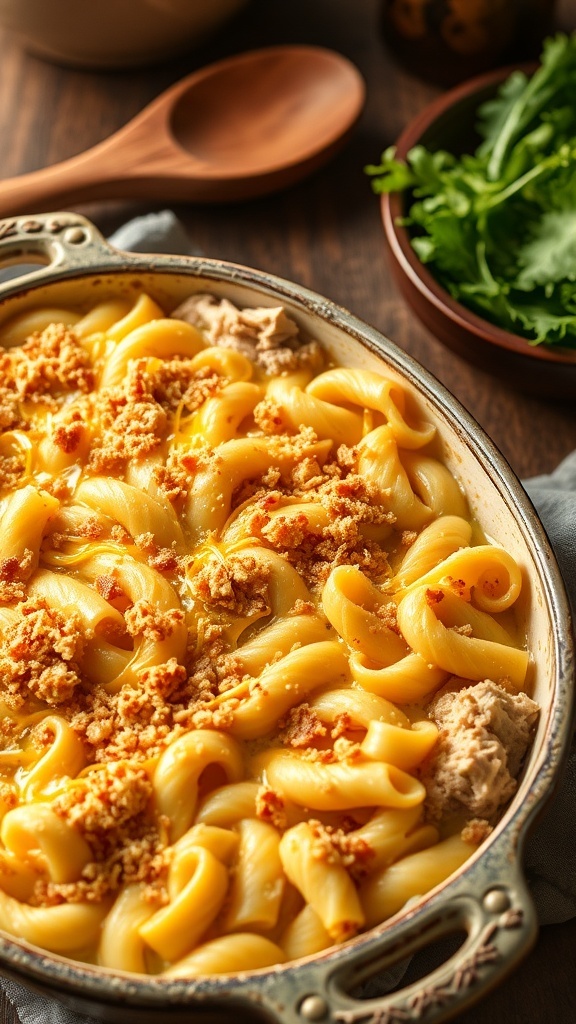Loaded baked potato soup is a warm and satisfying dish that combines the best flavors of a loaded baked potato into a creamy, hearty soup. This recipe uses simple ingredients like potatoes, bacon, cheese, and sour cream to create a rich and comforting meal that’s perfect for any day.
It’s easy to make, and the steps are straightforward enough for anyone to follow. If you can stir a pot and resist eating all the bacon before it hits the soup, you’re halfway there.
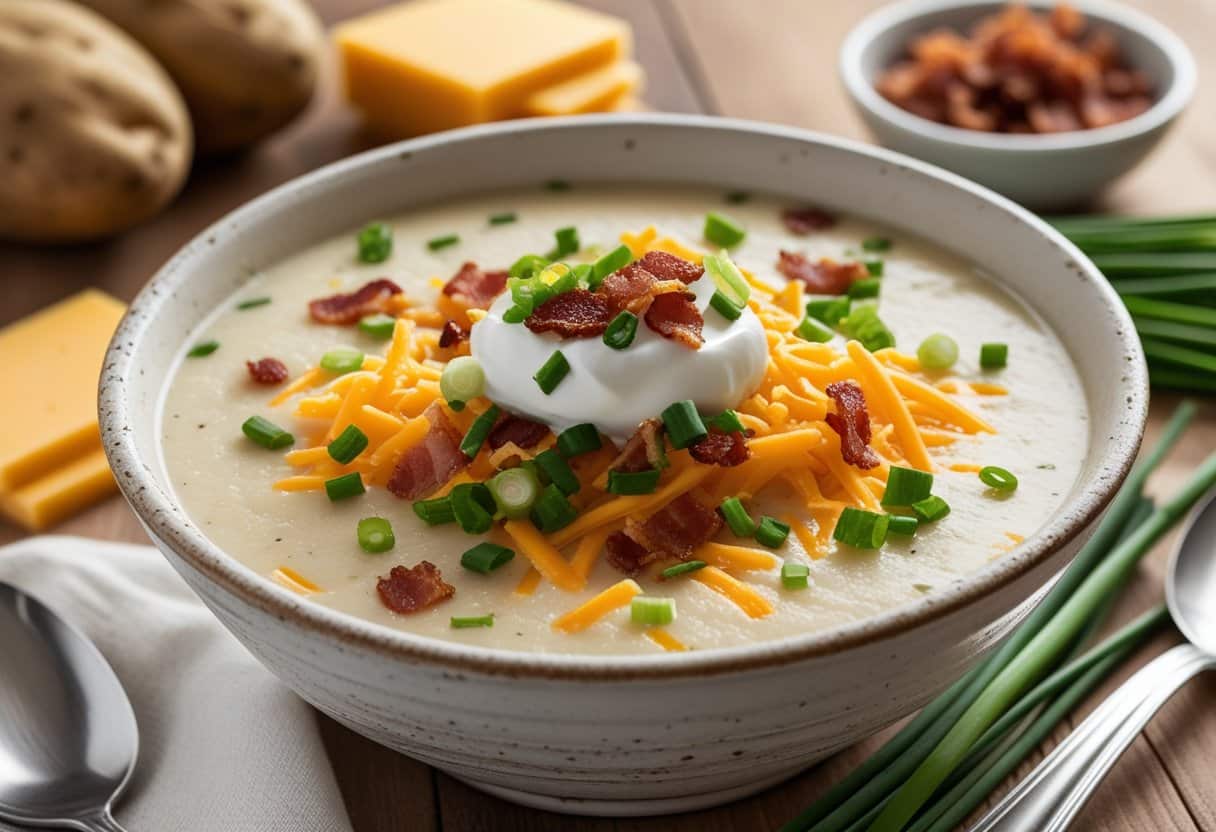
We love how versatile baked potato soup can be, letting us add our favorite toppings or customize it to fit our tastes. Whether you want a quick weeknight dinner or a cozy option to share with family, this soup delivers on flavor and texture every time.
We’ll walk you through the key ingredients and easy preparation tips to make the best loaded baked potato soup. Plus, we’ll share how to keep it fresh and ideas for making it even better when serving.
Key Takeaways
- This soup blends classic baked potato flavors into a creamy, filling dish.
- The recipe uses basic ingredients and simple steps for easy cooking.
- You can customize toppings and store leftovers for convenient meals.
Essential Ingredients and Preparation Steps
To make a rich and flavorful loaded baked potato soup, we rely on a specific set of ingredients and precise cooking steps. Getting each part right—from the potatoes to the cheese, bacon, and soup base—ensures the perfect balance of creaminess, texture, and taste.
Selecting the Right Potatoes and Preparing Them
Russet potatoes are our best choice for this soup because their starchy texture breaks down nicely, helping to create a thick, creamy base. We scrub them well, then bake whole at 400 degrees until tender, which usually takes about an hour.
Baking allows us to scoop out the soft interiors easily without peeling or chopping raw potatoes. Keeping the skins intact during baking is important since we’ll crisp some of them later to add texture.
Leftover baked russets work well, too, saving time while keeping the soup authentic. We pierce the potatoes with a fork before baking to let steam escape and ensure even cooking.
Making the Roux for a Creamy Base
A good roux is the foundation of our creamy soup. Instead of butter, we use rendered bacon fat for richness and flavor.
After cooking crispy bacon, we leave the fat in the pot, then add chopped green onions or finely diced yellow onion and sauté for a minute. Next, we sprinkle in all-purpose flour and stir continuously for about 30 seconds to cook out the raw taste.
After this, garlic is added and stirred for another 30 seconds before slowly pouring in low-sodium chicken broth and milk (whole or 2%) to create a smooth, thickened base. This technique results in a rich, silky soup that carries the potato and cheese flavors well.
Incorporating Cheese, Dairy, and Broth
Once the broth mixture is simmered and thickened, we add the scooped potato flesh to the pot. Using a potato masher, we mash the potatoes into chunky pieces so the soup stays hearty without getting too smooth.
We then stir in sharp shredded cheddar cheese and finely grated parmesan cheese for depth of flavor. Sour cream is essential for tang and creaminess, balancing the richness.
If we want an extra cheesy soup, adding a bit more cheddar at the end works well. Seasoning with salt and black pepper is done carefully to enhance all these flavors without overpowering the soup.
How to Cook and Use Bacon, Skins, and Toppings
Crispy bacon sets the flavor tone for this soup. We cook bacon until just crisp, then remove it but keep the bacon fat for the roux.
The cooked bacon is chopped or crumbled and saved for topping the soup later. Potato skins from baked potatoes are diced and fried in olive oil until golden and crunchy.
These skins add a satisfying texture contrast when sprinkled over the finished soup. For toppings, extra sharp cheddar, green onion greens, and bacon bits make the soup feel fully loaded.
This layering of flavors and textures turns the bowl into a complete meal. It’s basically a party in a bowl, and everyone’s invited.
Serving, Storage, and Creative Tips
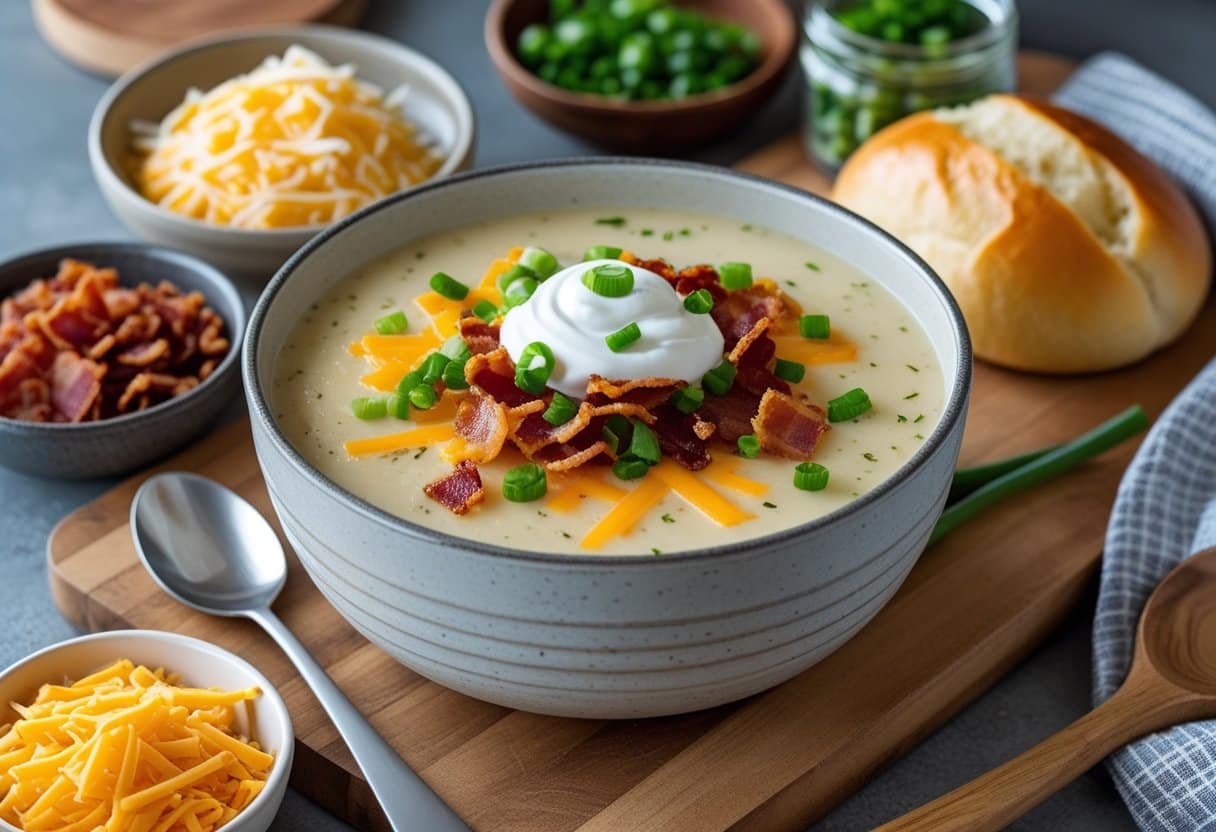
We want to enjoy loaded baked potato soup at its best while making sure it stays fresh and offers room to add our own twist. This section shows how to serve it right, keep it well, and explore simple ways to change it up.
Best Ways to Serve Loaded Baked Potato Soup
Serving this creamy soup hot is key. We like to ladle it into bowls and top it with reserved crispy bacon, sharp cheddar cheese, and fresh chopped chives.
Adding a dollop of sour cream gives a nice tang and creaminess. For extra flair, serving it in bread bowls adds both flavor and fun.
A sprinkle of paprika or cracked black pepper on top brightens the look and taste. We also enjoy setting up a toppings bar with extras like green onions, crushed crackers, or even hot sauce for those who want heat.
Pairing this soup with a crisp green salad or crusty bread helps balance its richness and rounds out the meal.
Storing and Reheating for Freshness
Leftover soup should go into an airtight container and be refrigerated within two hours of cooking. It keeps well for up to four days.
The soup thickens as it cools. When reheating, adding a little milk or chicken stock helps restore its creamy texture.
We warm it gently on medium-low heat, stirring often to avoid burning or curdling. Avoid reheating on high heat or boiling, which can cause separation of cheese and sour cream.
If freezing, note that the texture may change slightly but flavor will remain strong for up to three months.
Variations and Customizations
This potato soup recipe is super flexible. Russet potatoes give you that classic, hearty texture, but Yukon golds bring extra creaminess to the party.
We sometimes swap chicken stock for vegetable stock to make it vegetarian-friendly. For added nutrition, mixing in cooked broccoli or kale works well.
Want to spice things up? Toss in some jalapeños or a dash of cayenne for a nice kick.
Changing up the cheese—think smoked gouda or Gruyère—can really deepen the flavor. For a lighter version, use all milk instead of half-and-half and go for reduced-fat cheese to cut calories without losing creaminess.
Greek yogurt makes a great swap for sour cream if you want a healthier twist with plenty of tang.


